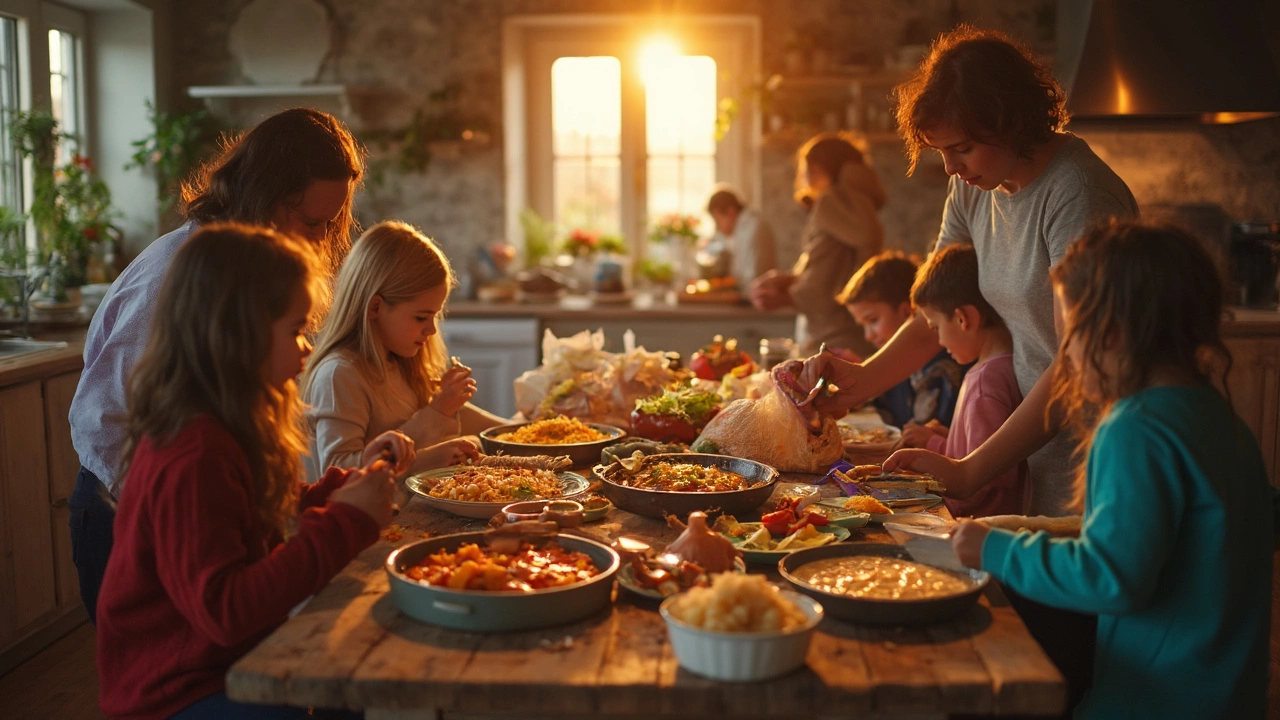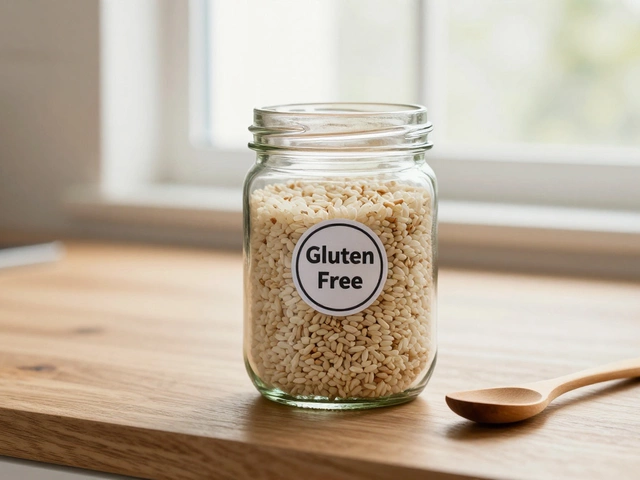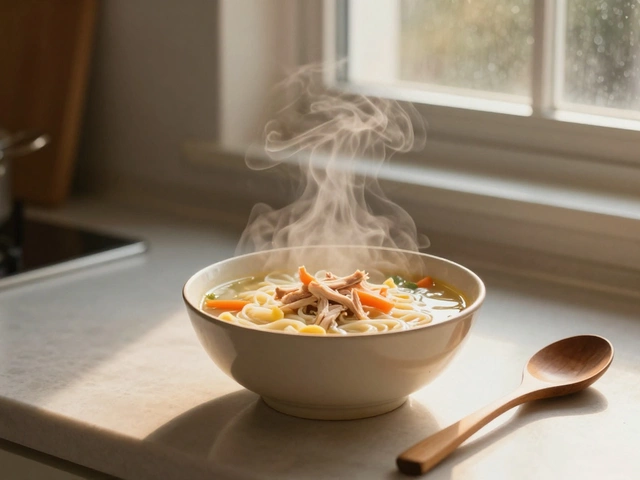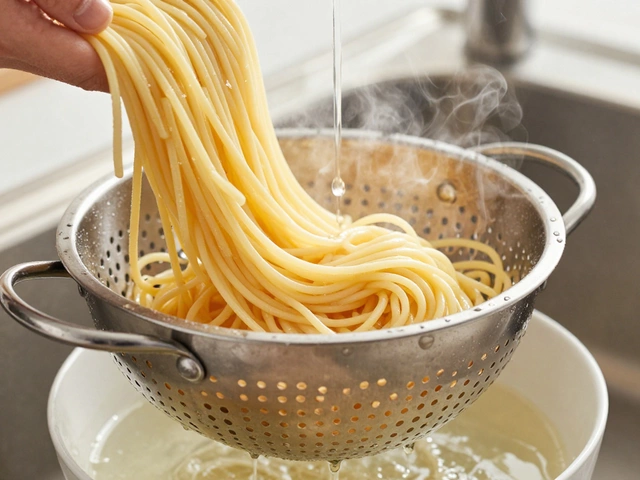Cheap Recipes: Tasty Meals Without Breaking the Bank
Everyone wants good food, but not everyone wants to spend a lot. Cheap recipes give you flavor, nutrition, and a full stomach while keeping the grocery bill low. The trick isn’t about cutting taste – it’s about using what you have, buying smart, and cooking efficiently.
Smart Shopping Tricks
First stop is the shop. Look for produce that’s in season; it’s cheaper and fresher. Bulk bins are a goldmine for rice, beans, lentils, and oats – you can buy exactly what you need and avoid pricey packages. Don’t ignore the clearance aisle; often you’ll find vegetables that are a day or two older but still perfect for soups or stir‑fries.
Another easy win is to plan meals around the same staple. If you buy a bag of rice, use it for a fried rice dinner, a rice‑and‑bean bowl, and a simple rice pudding later in the week. Less waste, less spending.
And always keep a running list of pantry basics: oil, spices, canned tomatoes, and broth cubes. When you see a sale on any of these, stock up. A well‑stocked pantry turns a random sale into a cheap dinner in minutes.
Easy One‑Pot Dinners
One‑pot meals are the backbone of cheap cooking. They use fewer dishes, save time, and let flavors meld together. A classic example is a lentil‑and‑vegetable stew. Toss lentils, a chopped onion, a carrot, a can of diced tomatoes, and a splash of broth into a pot. Let it simmer until the lentils are soft, add a handful of spinach at the end, and you’ve got a filling dinner for under $2 per serving.
Another go‑to is a pasta‑and‑bean skillet. Cook any short pasta, stir in a can of white beans, a few garlic cloves, and a drizzle of olive oil. Finish with a sprinkle of cheese or herbs you already have. It’s cheap, quick, and feels hearty.
Don’t forget leftovers. Cook extra rice or quinoa on a night you have time, then turn it into a stir‑fry the next day with frozen veggies and a splash of soy sauce. The same principle works for roasted veggies, cooked beans, or even a batch of soup.
Finally, make use of every part of an ingredient. Trim the ends of carrots? Save them for stock. Use stale bread for croutons or a breadcrumb topping. These small moves add texture and flavor without extra cost.
Cheap recipes aren’t about sacrificing culinary joy. They’re about being resourceful, planning ahead, and letting simple ingredients shine. Try one of the ideas above tonight – you’ll see how easy it is to eat well while keeping the budget in check.

How to Feed a Family of 7 on a Tight Budget: Practical Meal Ideas That Actually Work
by Landon Weathers / 24 Apr 2025Feeding a family of seven on a shoestring budget can feel impossible, but it’s definitely doable with the right strategies. This article breaks down money-saving tips, budget-friendly meal planning, and clever shopping hacks, all tailored for big households. Expect doable ideas, practical examples, and honest advice straight from someone who's been there. No fluff, just real talk and solutions. This guide will help you stretch your grocery money further than you thought possible.




